Research
Search our website
Search our website by entering a keyword or choose a database above to search specifically.
Search
Showing search results 3,461 - 3,470
14,758 results found

Cone spanner
This text can only be consulted in Dutch
<https://www.mot.be/resource/Tool/cone-spanner?lang=nl>

Coal scoop (brickmaker)
During the firing of bricks in a ring kiln, small amounts of coal are added
from above (see also coal funnel). This is done with a semi-cylindrical
coal shovel.. See also coal scoop and coal shovel. [MOT]

Cooper's chamfering drawing knife
This text can only be consulted in Dutch
<https://www.mot.be/resource/Tool/coopers-chamfering-drawing-knife?lang=nl>

Cooper's chiv
This text can only be consulted in Dutch
<https://www.mot.be/resource/Tool/coopers-chiv?lang=nl>

Cooper's inshave drawing knife
This text can only be consulted in Dutch
<https://www.mot.be/resource/Tool/coopers-inshave-drawing-knife?lang=nl>

Cooper's heading drawing knife
This text can only be consulted in Dutch
<https://www.mot.be/resource/Tool/coopers-heading-drawing-knife?lang=nl>

Cooper's timber scribe
This text can only be consulted in Dutch
<https://www.mot.be/resource/Tool/coopers-timber-scribe?lang=nl>

Cooper's round shave drawing knife
Round shave drawing knife

Concreter's nippers
This text can only be consulted in Dutch
<https://www.mot.be/resource/Tool/concreter-s-nippers?lang=nl>

Cooper's howel adze
This text can only be consulted in Dutch
<https://www.mot.be/resource/Tool/coopers-howel-adze?lang=nl>








